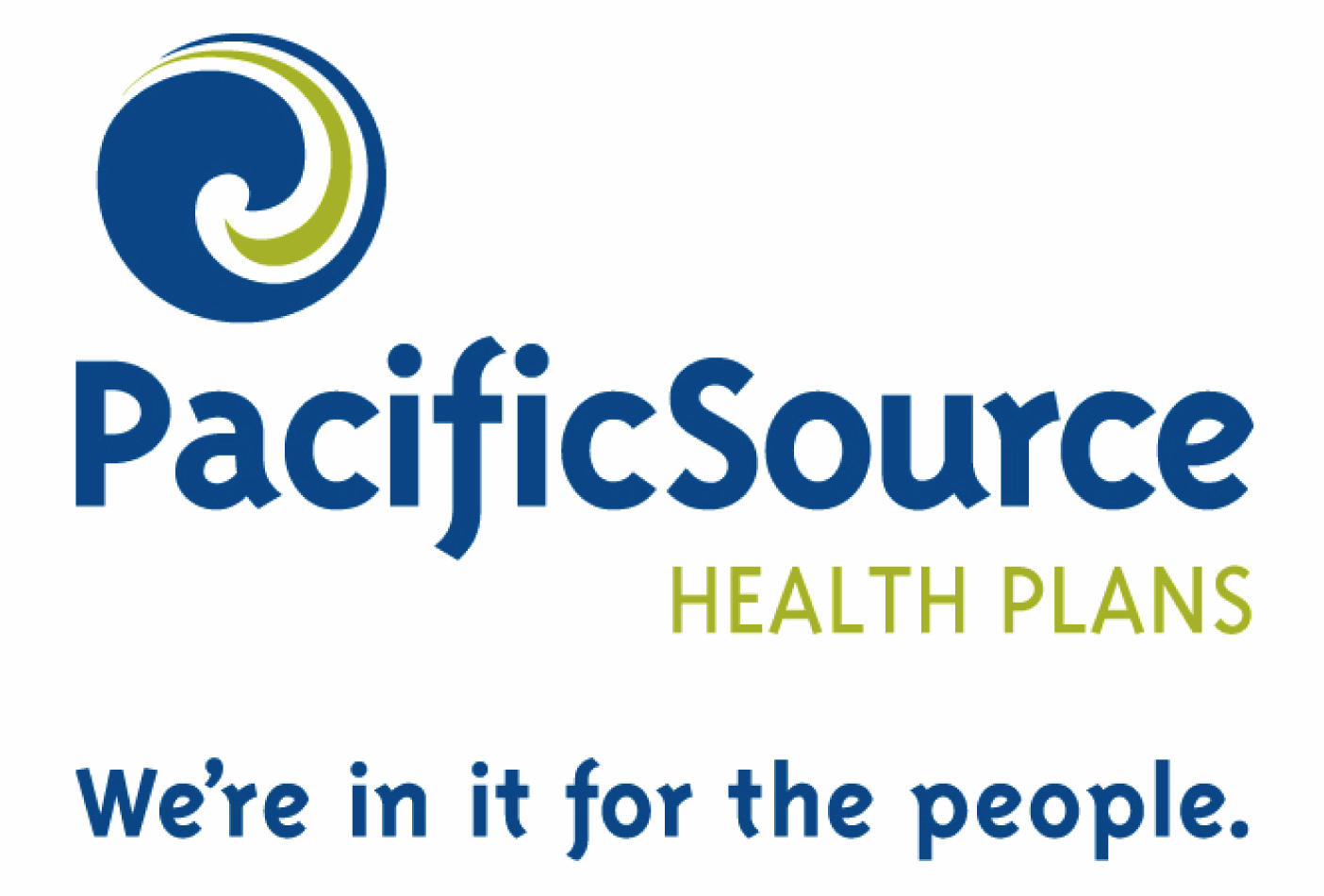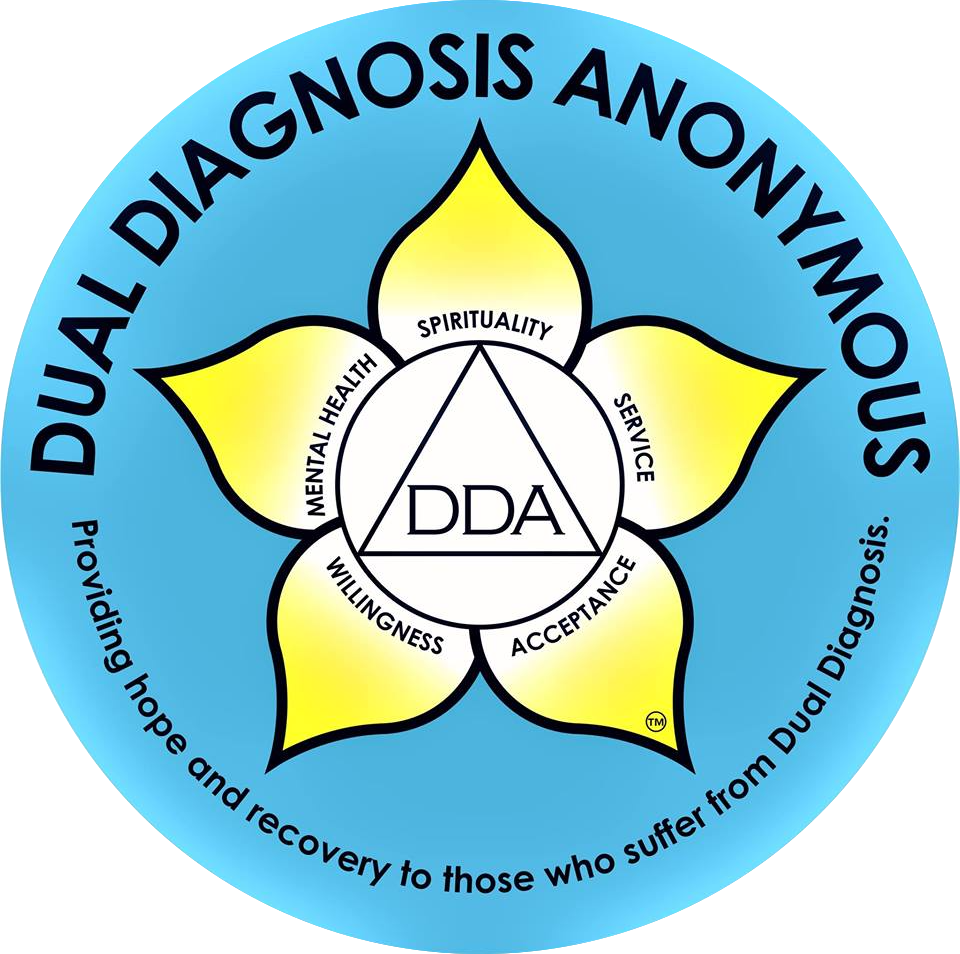The AP reports on a new study published in the journal Health Affairs that says the government should do more to help consumers eat healthier. The story begins:
A healthy diet is expensive and could make it difficult for Americans to meet new U.S. nutritional guidelines, according to a study published Thursday that says the government should do more to help consumers eat healthier.
An update of what used to be known as a food pyramid in 2010 had called on Americans to eat more foods containing potassium, dietary fiber, vitamin D and calcium. But if they did that, the study authors said, they would add hundreds more dollars to their annual grocery bill.
and adds:
People who spend the most on food tend to get the closest to meeting the federal guidelines for potassium, dietary fiber, vitamin D and calcium, the study found. Those who spend the least have the lowest intakes of the four recommended nutrients and the highest consumption of saturated fat and added sugar.
Hilary Seligman, an assistant professor of medicine at the University of California who was not involved in the study, points out that a lot of people assume the poor eat cheap food because it tastes good, but they would make better choices if they could afford to. She said, “Almost 15 percent of households in America say they don’t have enough money to eat the way they want to eat”
Many healthy foods are just more expensive {think salmon filet on a plate with steamed leafy greens). Other factors affecting costs include eating organic, eating locally-produced food, eating vegetables out of season, and the distance and difficulty of travel to a store that sells a variety of fresh fruits and vegetables.
Government subsidies to farmers also affect the relative costs of certain foods, and could be used to make healthier foods more affordable.
The AP has the whole story.










This report confirms what we know from studying the social determinants of health. Telling people, especially poor people, to “eat healthy” is worthless advice. People will eat what they can afford to eat. Put in a more general way, choices that people make come from the choices they have. As long as the number of calories per dollar spent favor fast food and canned food over fresh food, then the poor will continue to make this economically rational choice. As with so many of the problems we face, it is public policy ( in this case, which foods are subsidized ) not markets, medicines, surgery, food “pyramids” or “plates” that will make the difference in curtailing the obesity epidemic.
Excellent comment, Dr. Grady. You nailed it!